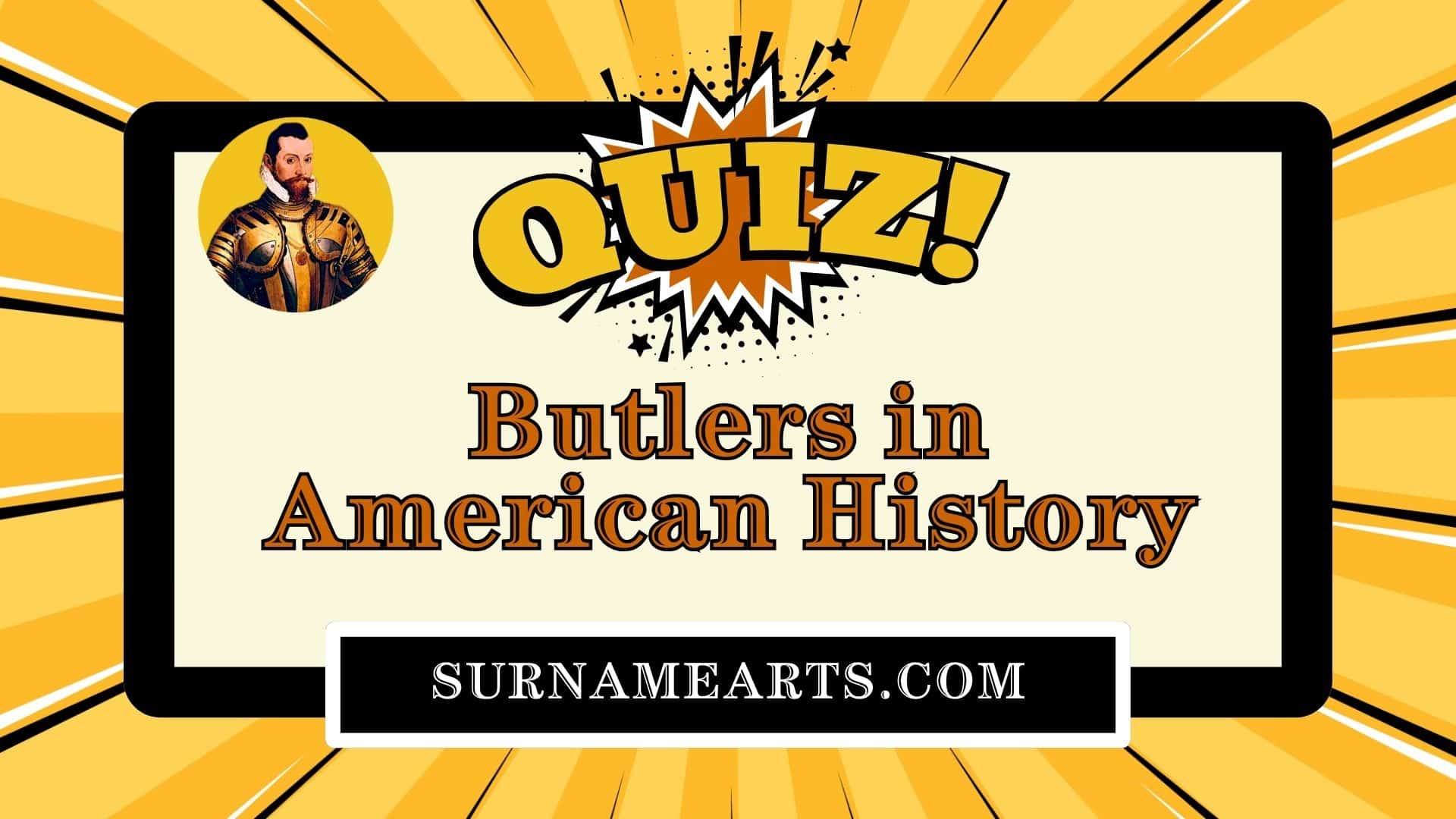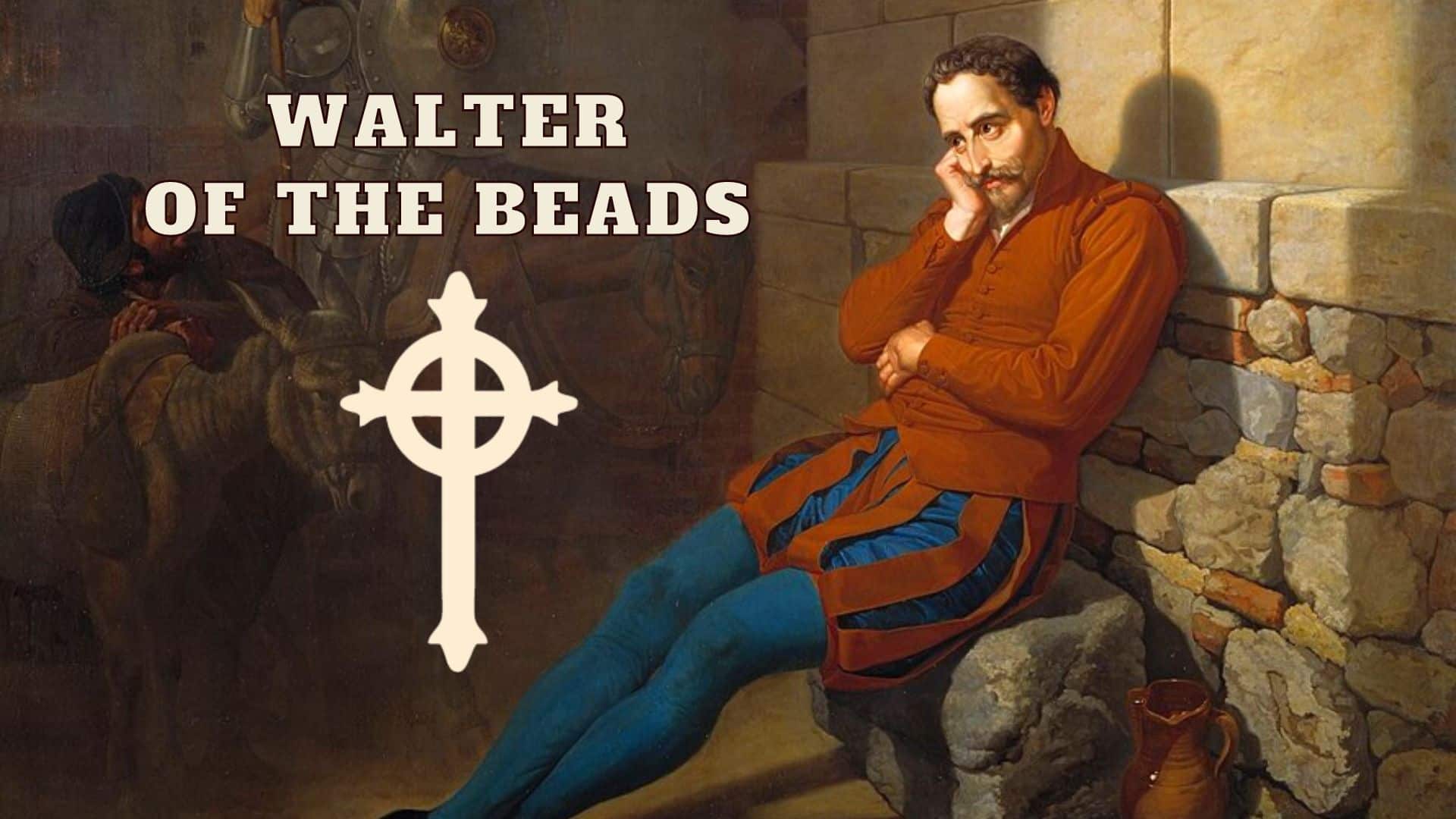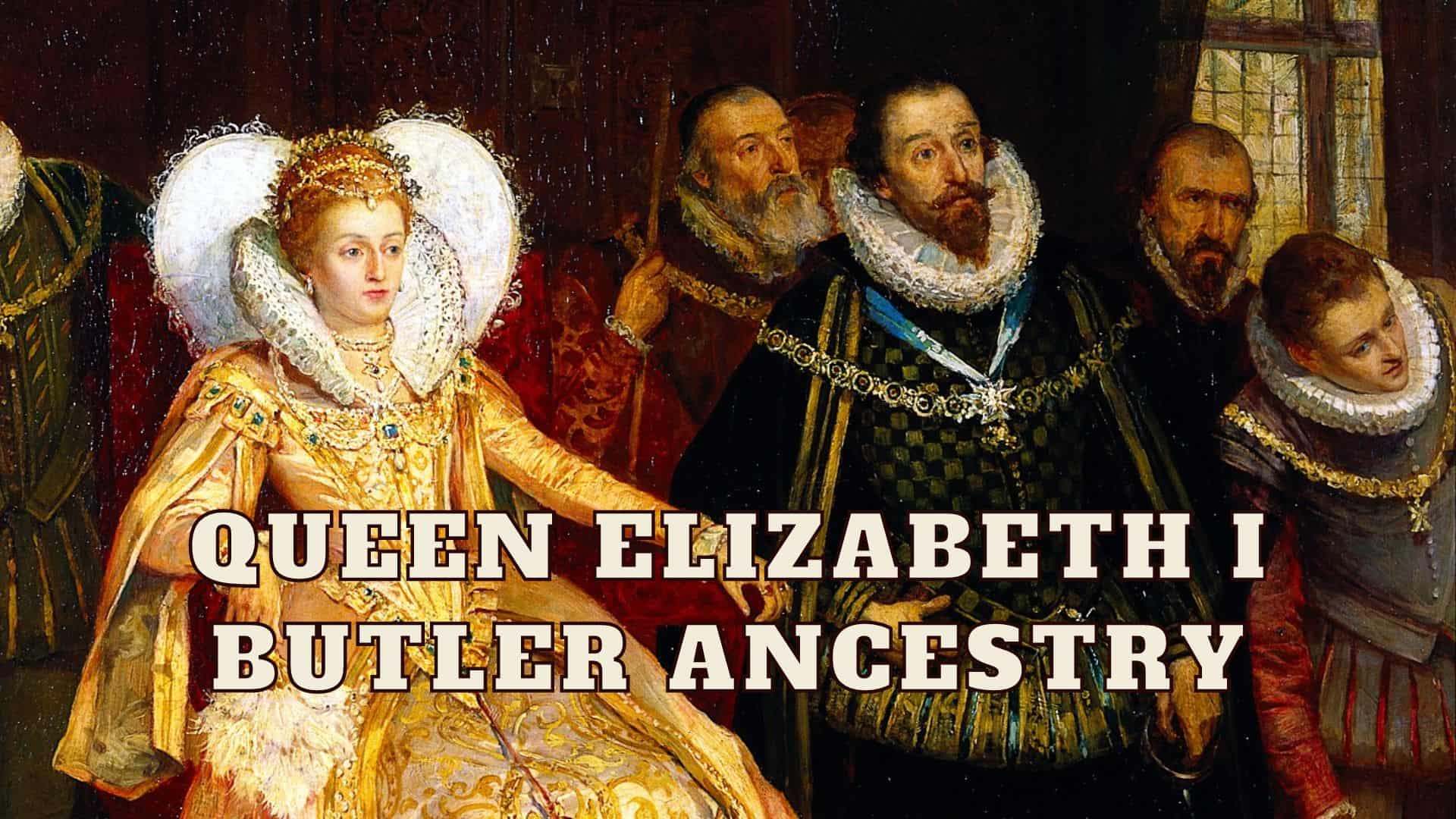
The Dukes of Ormonde were central figures in the relationship between England and Ireland and between Protestants and Catholics
James Butler, 1st Duke of Ormonde (1610-1688)
The Irish Rebellion of 1641
In 1641, the Butler family in Ireland was divided. After years of religious persecution, a group of Catholics met to form the Catholic Confederation of Kilkenny. It was meant to be an alternative government to the Irish Government appointed by the Protestant King Charles I. This was the start of the Irish Rebellion of 1641.
The first President of the Catholic Confederate Parliament was Richard Butler, 3rd Viscount Mountgarrett. He was supported by most of his family members – the Butlers of Mountgarret, Ikerrin, Dunboyne, Cahir, Galmove, Callan, Neigham, Paulstown, Castlecomer, and Wexford as well as the 12th Earl of Ormond’s brother, Colonel Richard of Kilcash.
The Butler family, wealthy from their loyalty to the crown for hundreds of years, was now in direct opposition to England and its appointed Lord Lieutenant of Ireland, the highest government position in the country.

The Lord Lieutenant of Ireland was none other than James Butler, the 12th Earl of Ormond. So, you had James pitted against his younger brother, Colonel Richard Butler of Kilcash, and many of his other relatives. That probably made for some interesting family get-togethers.
James was the second member of the Kilcash branch of the Butlers to inherit the Earldom and, without a doubt, was a religiously complicated guy. When he was a young boy, James’ father died in a shipwreck. His mother put him in school with a Catholic teacher in England. King James I then had him made him a royal ward, took him out of the Catholic school, and put in the care of the Archbishop of Canterbury to be brought up as a Protestant.
During the reign of King Charles I, Protestant-Catholic tensions escalated. While his Catholic family members in Ireland were having their land confiscated and being discriminated against because of their religion, James was living his best life as a Protestant under a Protestant King. In 1642, he was created Marquess of Ormonde for his command in several successful military battles.

There are five ranks of Peerages in the United Kingdom. A duke is the highest rank followed by a marquess, earl, viscount, and baron.
Shortly afterward, Charles I tasked James with negotiating a one-year truce between Protestant England and the Catholic Confederation in Ireland. James’ efforts were successful and avoided a war that would have likely toppled Charles’ reign at that time. But, the truce merely delayed the inevitable. King Charles I was accused of treason after being defeated during the English Civil War and beheaded in 1649. The monarchy was abolished and England became a republic.
In the aftermath of Charles I’s death, James pledged his loyalty to Charles’ son, Charles II, who made him a Knight of the Garter, an order of chivalry and the most senior order of knighthood. James was also placed in command of the Irish Confederates’ armies (the same Catholic armies he had just been in opposition against) and the English Royalist troops that had come from France to help defend Ireland against the forces of Oliver Cromwell.
Oliver Cromwell in Ireland
Cromwell was instrumental in deposing Charles I and helped design what was known as the New Model Army. Unlike all armies until that point, the New Model Army was a national army not confined to a local geographic area. More importantly, its members were full-time professional soldiers, not part-time militia, that had sharply-honed fighting skills.
In 1650, Cromwell used his New Model Army to conquer Ireland. Having removed all significant military opposition, Cromwell became the most powerful man in England and Ireland.
Cromwell’s conquest of Ireland had devastating consequences. Seeking to punish Irish Catholics for their rebellion, Cromwell had their lands confiscated and reallocated to his supporters. Thousands of Irish Catholic aristocracy and gentry were exiled and others were uprooted and sent to other areas of Ireland where the land was largely barren and unproductive.

The Butlers, leaders of the Irish Rebellion, were especially singled out. Kilkenny Castle and much of the Butler property that had been accumulated over hundreds of years was confiscated. Many Butler families were driven from their homes and sent to County Clare and the Connaught area of western Ireland.
Exile with Charles II
James Butler remained extraordinarily loyal to Charles II throughout Cromwell’s reign over the new Commonwealth political structure. He and Charles moved to Europe and lived there in exile through the 1650s. James spent a vast amount of his fortune in support of Charles II and continued to work on his behalf. He was one of only two signatories to the Treaty of Brussels, which established an alliance between Royalists and the Spanish Court. He also literally risked his life for Charles by disguising himself and sneaking into England to gather first-hand intelligence that could be helpful to him.
As fate would have it, Cromwell died of natural causes in 1658. He was briefly succeeded as Lord Protector by his son, Richard, but Richard didn’t have the power his father did and was forced to resign the following year. This void paved the way for Charles II to return from exile and restored the English monarchy in 1660.
James Butler Created 1st Duke of Ormonde
After assuming the throne, Charles II wasted no time in rewarding James for his loyalty and service and he once again became an important figure in English and Irish politics. James was made Lord Steward of the Household; Lord Lieutenant of Somerset; High Steward of Westminster, Kingston and Bristol; Baron Butler of Lanthony; and Earl of Brecknock. In 1661, he was created Duke of Ormond in the Irish peerage, named Lord Lieutenant of Ireland for a second time, and made Lord High Steward of England.
To give you an idea of where the title Lord High Steward ranks in the hierarchy of England, it’s above the Lord Chancellor and the Prime Minister. So, James Butler was extraordinarily influential in shaping the course of England and Ireland during that time.
Along with his titles and government positions, James, remarkably, was also able to recover his estates in Ireland and was given large land grants. By 1670, he held over 58,000 acres in Kilkenny. Combined with more than 31,000 additional acres owned by his relatives, Viscount Mountgarret and Viscount Galmoy, the Butlers owned a significant part of the province of Leinster. The Butler dynasty that Cromwell had destroyed was largely restored.
James Butler, 1st Duke of Ormonde, died in 1688 and was buried in Westminster Abbey. The 11th Edition of the Encyclopedia Britannica summarized his life as follows:

“With him disappeared the greatest and grandest figure of the times.
A Man of Plato’s grand nobility.
An inbred greatness, innate honesty;
A Man not form’d of accidents, and whom
Misfortune might oppress, not overcome . . .
Who weighs himself not by opinion
But conscience of a noble action.”
When you read about the 1600s in England and Ireland, and especially Protestant-Catholic relations during that time, James Butler is a central figure. For those that want to take a deeper dive, there are several biographies that examine his life in detail.
James had eight sons and two daughters, but at least four of them died young. Among his sons, Thomas became the Earl of Ossory, Richard became the Earl of Arran, and John became the Earl of Gowran.

The 1st Duke of Ormonde established Dublin’s Phoenix Park to protect the royal deer herd. It is the largest enclosed public park in any European capital.
James Butler, 2nd Duke of Ormonde (1665-1745)

After the death of the 1st Duke of Ormond, the hereditary title was passed to James’ grandson, who was also named James.
James Butler, 2nd Duke of Ormonde, was also known as Baron Butler in the English peerage and the 7th Earl of Ossory in the Irish Peerage.
Like his grandfather, he was a Protestant, a knight of The Most Noble Order of the Garter, and Chancellor of Trinity College Dublin. He also had the added responsibility of being the Chancellor of the University of Oxford.
James was a central figure in the major conflicts of the period. He led troops in the Monmouth Rebellion, the Williamite War in Ireland, the Battle of the Boyne, the Nine Years’ War, and the War of Spanish Succession, to name just a few. He ultimately rose to the rank of General and, in 1703, was appointed to a position very familiar to the Butlers – Lord Lieutenant of Ireland.
In 1715, James’ military position put him front and center in the Jacobite Rising, which sought to make the House of Stuart’s James Francis Edward Stuart the King in place of George I, who was a member of the House of Hanover.
James had ties to the Jacobites, mainly through his cousin Piers Butler, 3rd Viscount Galmoye, who had been a member of the Jacobite Irish Army. Because of his association with the enemies of King George, James was stripped of his military posts and impeached for high treason in June of that year.
Instead of waiting in England to stand trial and possibly be acquitted, he did what his grandfather had done and went to Europe to live in exile. This resulted in the forfeiture of his estate and the removal of all his English names and armorial bearings, including his banner that hung in St George’s Chapel as a Knight of the Garter.
The forfeiture was followed by an act passed in the Parliament of Ireland that eliminated the regalities and liberties of the County Palatine of Tipperary that James held and established a 10,000-pound reward for his apprehension should he attempt to enter Ireland.
After spending some time in Spain, James died in exile in Avignon France 30 years after the Jacobite Rising. His only surviving child, Lady Elizabeth Butler, died unmarried.
Charles Butler, De Jure 3rd Duke of Ormonde (1671-1758)
Charles Butler was the youngest brother of James, the 2nd Duke of Ormonde, and was next in line to inherit the Butler family titles when James died. But, because James’ titles were forfeited after the Jacobite rising in 1715, it was assumed that there were no titles for Charles to inherit. In reality, this was not the case.

The title forfeiture, enacted by the Parliament of Great Britain, only applied to James’ British titles in the peerages of England and Scotland. James’ Irish titles, including the Duke of Ormonde, remained intact and technically passed to Charles when James died.
So, Charles Butler was technically the 3rd Duke of Ormonde, but he never knew it. He thought all of James’ titles had been forfeited so he never had the use or benefit of those titles.
Despite the lack of knowledge about his hereditary Irish titles, the title Earl of Arran was re-created for Charles in 1694. The title was originally created for Charles’ Uncle, Richard Butler, who had bought the Arran Islands, but the title later became extinct because Richard didn’t have a male heir.
Charles was also created Baron Butler of Weston in the County of Huntingdon in the Peerage of England. And, eventually, Charles did become a duke in his own right. In 1722, James Francis Edward Stuart created Charles Duke of Arran in the Jacobite Peerage of England.
Despite Charles’ Jacobite history, he was able to convince the English parliament to let him buy the 2nd Duke of Ormonde’s forfeited Irish estates which were then in the possession of the crown. So, the Butler family still had a strong presence in Ireland, but they had significantly less influence.

Charles married Elizabeth Crew, the daughter of the 2nd Baron Crew, but their marriage was childless. He lived to the age of 88 and was buried at St. Margaret’s, Westminster, with all the honors of both England and Ireland. But, when he died, the Earldom of Arran, the Barony of Butler of Weston, and the Dukedom and Marquessate of Ormonde died with him.
Had Charles and other Butler family members known that the hereditary Irish titles Earl of Ormonde and Earl of Ossory were still valid, they would have passed down to John Butler of Kilcash, who was the next in line to inherit. Instead, the titles remained dormant.
Primary Sources:
- Carte, T. (2009). The Life of James, Duke of Ormond.
- James Butler, Duke of Ormond & family | Westminster Abbey.
- Webb, A. (1878, January 1). James Butler, 2nd Duke of Ormond – Irish Biography.
- Anonymous. (2017). The Jacobite Peerage, Baronetage, Knightage and Grants of Honour.












